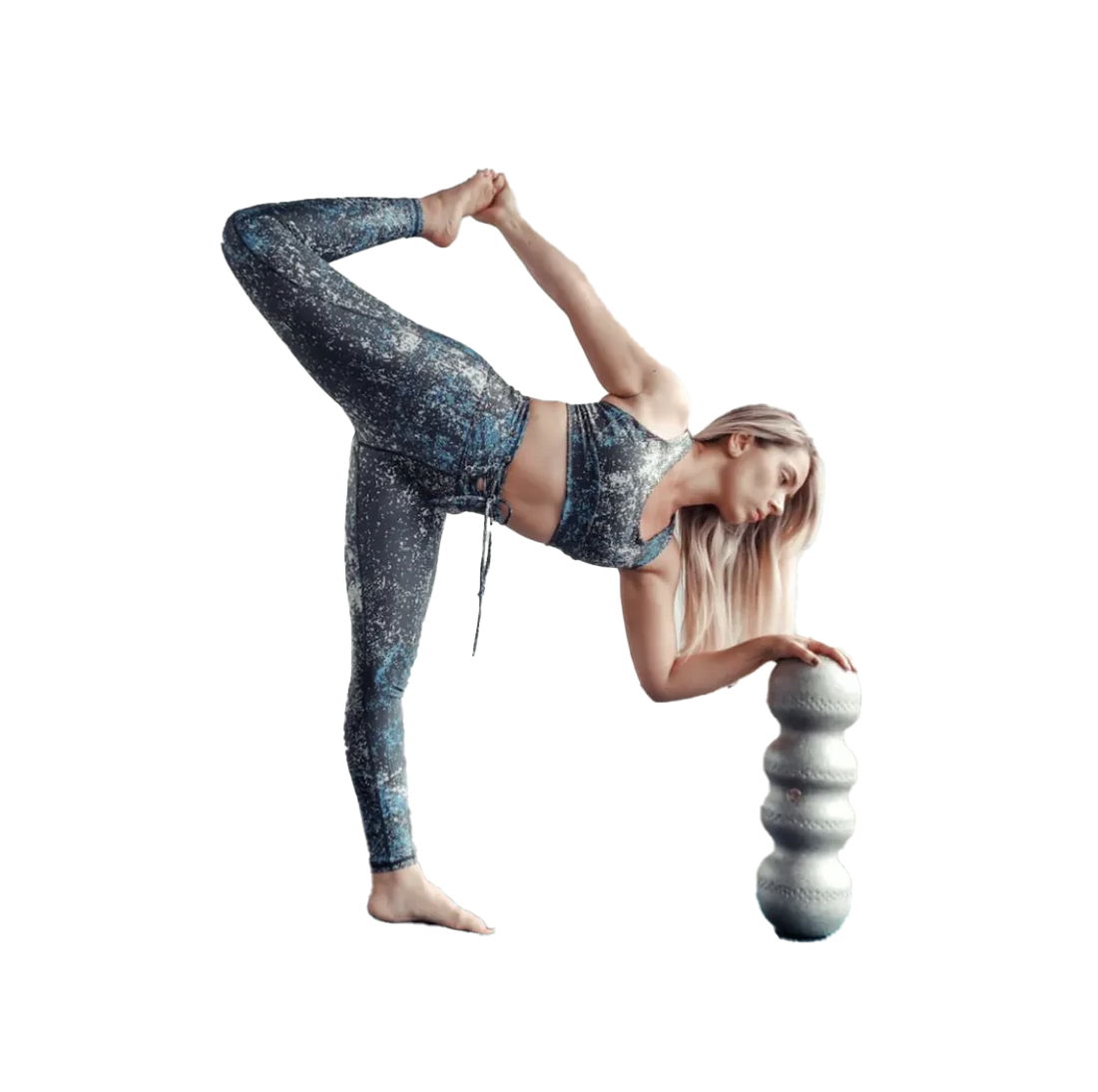
In recent years, foam rolling has become very popular with athletes of all ages and skill levels. You'll often see people using a foam roller before beginning a workout or after runners finish a race. Many athletes utilize foam rollers to improve their performance as well as aid in their bodies' natural recovery process.
They're so popular for a good reason–foam rolling has many benefits to the body and overall health in general. However, foam rollers aren't limited to just athletic uses. They have been used to help athletes and non-athletes alike to heal, manage pain, improve joint health, increase mobility, and much more. According to a survey study conducted, 80% of physical therapists believe foam rollers reduce muscle pain, and another 68% believe they can improve mobility.
If you're looking for high-quality foam rollers to add to your physical therapy equipment, we have some great options that will benefit your clients' needs. We'll go over the basics of foam rollers, the best techniques to try out, and specific products that can get you started practicing foam rolling on your clients.
What Are Foam Rollers?
Foam rollers, also known as myofascial release, are valuable tools for physical therapy. Foam rollers are in the shape of a cylinder and are used to massage the body. Most rollers are smooth; however, ours are specially designed to reach deep trigger points with a contoured shape, making them more effective as tools for physical therapy.
Since the entire body is made up of connective tissue called fascia, when it breaks down or is inflamed, it can result in stiff muscles, joint pain, and lack of mobility. This can be due simply to age, or activities, like repetitive motion, stress, injury, and sports. A sedentary lifestyle can also affect fascia, so long hours spent at a desk all day long can actually speed up the degeneration of fascia. Not good!
Foam rollers are used to restore damaged tissue by introducing more circulation into specific areas. Since individuals are able to use this physical therapy equipment on their own, it can be a low-cost way to supplement manual deep tissue massages. Once patients learn some of the most common rolling techniques, they'll be able to use this equipment for their physical therapy daily. By using this equipment for physical therapy, a person can increase their mobility, promote flexibility, improve joint health, and more.
Different Types
There are different types of foam rollers available. Before you decide on which one to use on a patient, you should consider the patient's age, muscle density, and pain tolerance. In general young patients or those with low-muscle densities will benefit from our softest foam roller. Using a foam roller can be uncomfortable and feel a bit painful to some people, so it's always a good idea to start out with a soft option and low pressure, then move up to our everyday foam roller. For athletes with high muscle densities, our hard foam roller will be the best option, as it will be able to massage tissue better and reach trigger points. As a physical therapist, it will be necessary to have all types available on hand, as each patient will have different needs.
What Are the Benefits of Foam Rollers?
Why should you incorporate foam rollers into your physical therapy? Foam rollers have many benefits, making them excellent physical therapy tools. The benefits of including foam rolling techniques in a daily routine include the following:
- Reducing muscle pain: A foam roller massages trigger points in muscles and allows blood to flow to this specific area. This helps to speed up the healing process and provides relief to sore muscles.
- Increases range of motion: When the foam roller is applied during a session, it can greatly affect joint movement, allowing for a wider range of mobility and flexibility.
What Are Some Techniques to Try in Physical Therapy?
Although there are no specific sets that need to be performed with foam rollers, it's best to put enough time in to really get results. However, you want to be careful not to overdo it, as aggressively rolling may lead to bruising or injury. It's recommended to keep the exercises at one to two minutes each.
Some patients prefer heavy pressure during their sessions while others prefer lighter pressure. It all comes down to personal preferences and body types. It's important to listen to your patient's needs and work with them. Your patient feeling relaxed during the session is an important factor in getting the results you want. If your patient is uncomfortable or feels stressed, their muscles will be tense, which will make it hard to achieve the benefits of the physical therapy equipment.
There are many muscles and areas of the body you can target. Some common foam rolling exercises include IT band, hamstrings, glutes, quads, thoracic spine, as well as many others. If you are looking to target small or large areas, you can use the foam roller in short or long strokes, depending on your goal.
When it comes to physical therapy tools, having the right equipment for your patients can drastically improve their muscle pain and mobility. Foam rollers have been used by athletes for a while to improve performance and boost the body's natural recovery process. Often used before a workout to loosen up muscles and afterward to heal sore muscles, there is no one specific time a foam roller can be used. Using foam rollers in the rehabilitation process will provide many of the same benefits that athletes enjoy, such as reduced muscle pain and soreness. If you haven't tried incorporating foam rollers into your sessions yet, then our products can help you get started.
